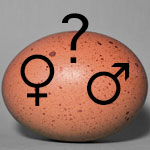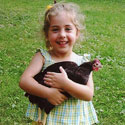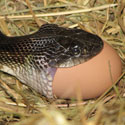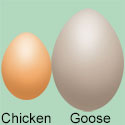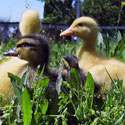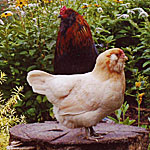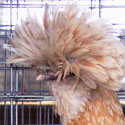
Australorp and Black Jersey Giant chickens look and behave a lot alike. Both are good foragers, and the hens of both breeds tend to become broody and raise their own chicks. Both breeds have a bright red single comb, red earlobes, a black beak, and dark brown eyes. Australorps come in one color — black. […]
Continue Reading


